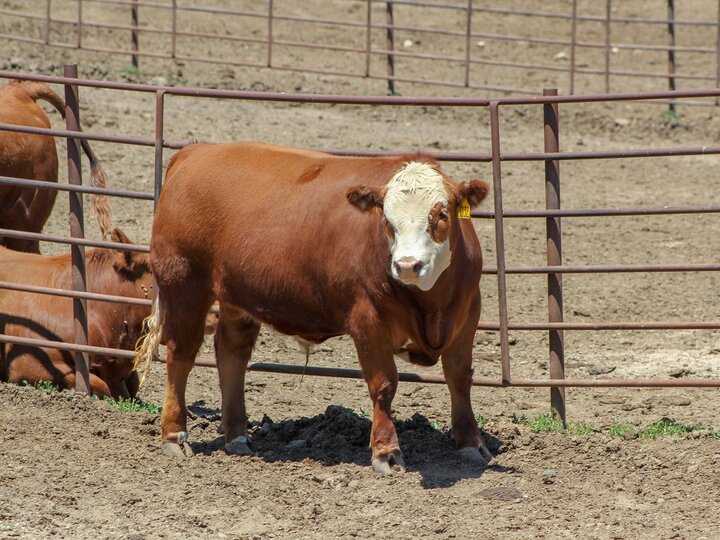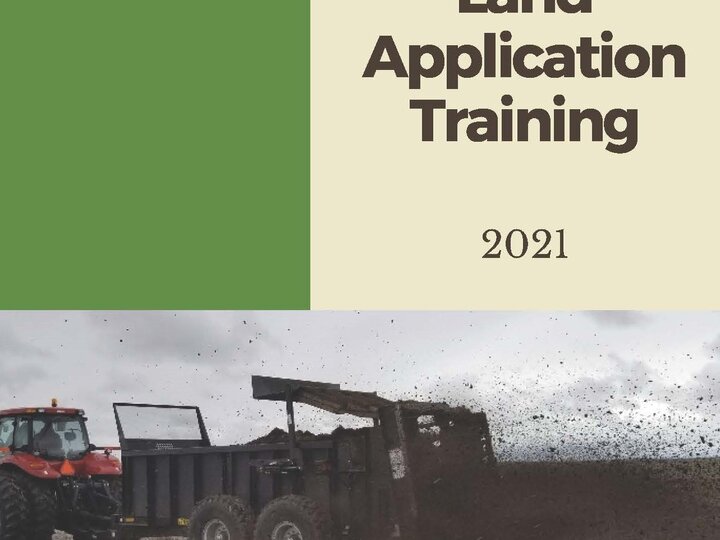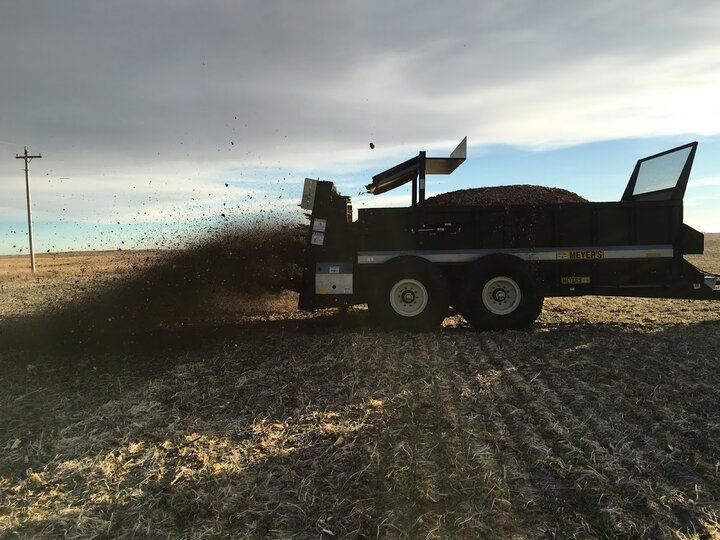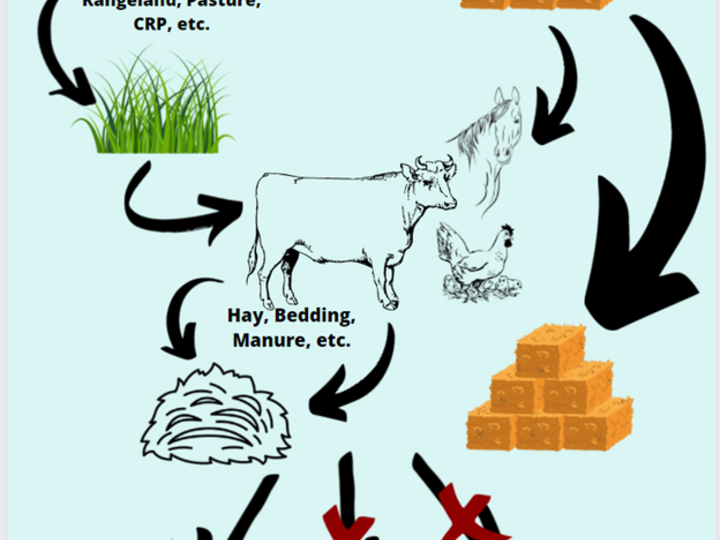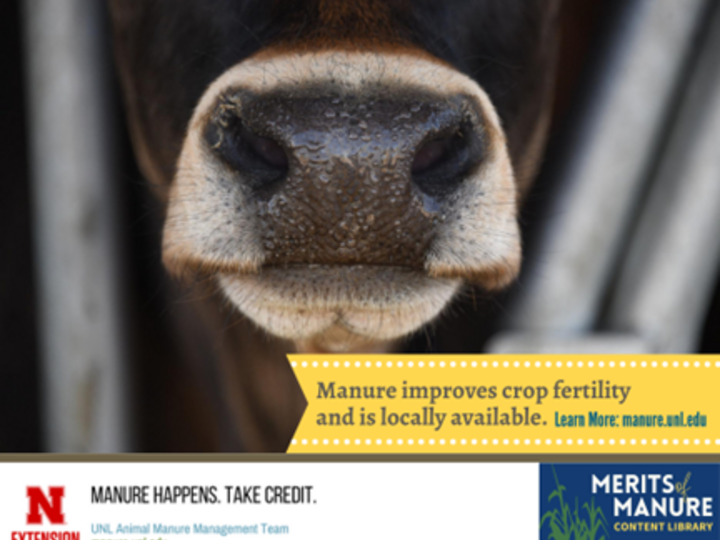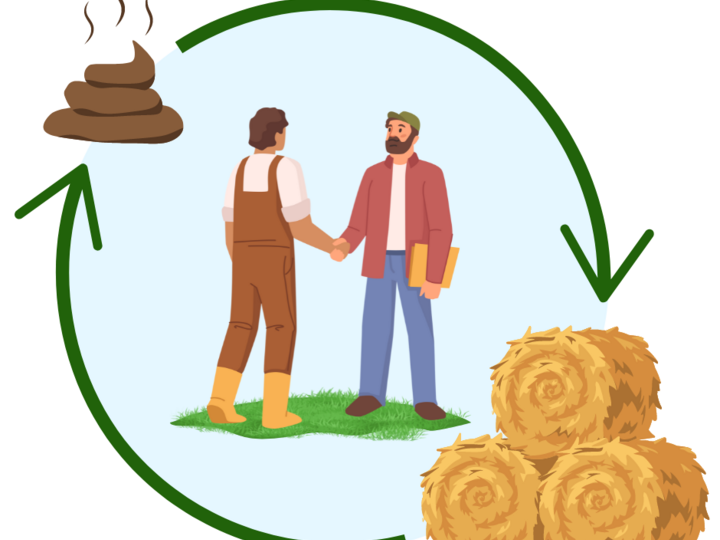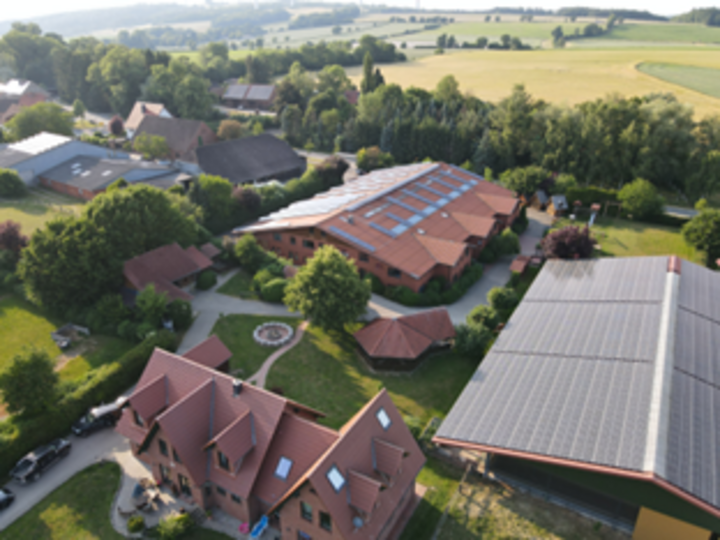Manure contains four primary contaminants that impact water quality: nitrogen, phosphorus, bacteria and other pathogens, and organic matter. Achieving a nutrient balance will reduce potential environmental hazards often associated with animal agriculture. An annual crop nutrient management plan is needed to ensure an adequate supply of nutrients to sustain profitable crop production, and to balance nutrient inputs (including manure) with crop nutrient needs.

